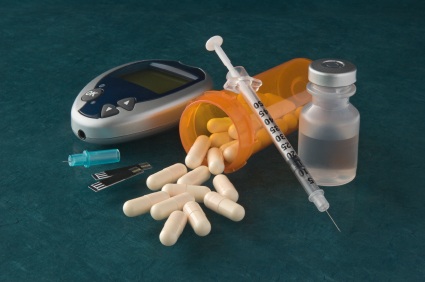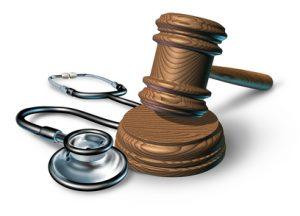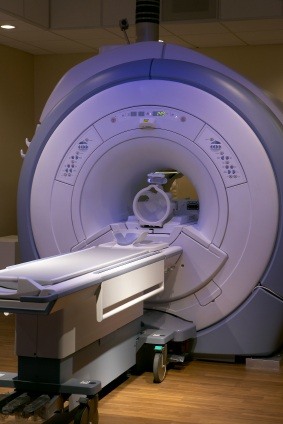Search
Never Event #3: Poorly Controlled Blood Sugar, Hyperglycemia & Hypoglycemia
 Medicare has determined that complications associated with poorly controlled blood sugar should be included on the ‘never list’ as they are so easily avoidable that the costs of the treatment should not be permitted to be submitted to CMS for reimbursement. In 2007, there were 14,929 reported cases of poorly controlled blood sugar amongst diabetics in hospitals.
Medicare has determined that complications associated with poorly controlled blood sugar should be included on the ‘never list’ as they are so easily avoidable that the costs of the treatment should not be permitted to be submitted to CMS for reimbursement. In 2007, there were 14,929 reported cases of poorly controlled blood sugar amongst diabetics in hospitals.
Hyperglycemia
Hyperglycemia develops when there is too much sugar in the blood (glucose > 180mg/dl). Hyperglycemia may be caused by skipping insulin does, infection or illness. Prolonged hyperglycemia can result in infection, slow-healing cuts and sores, vision problems, nerve damage in arms and legs, chronic constipation and death.
 Nursing Home Law News
Nursing Home Law News





